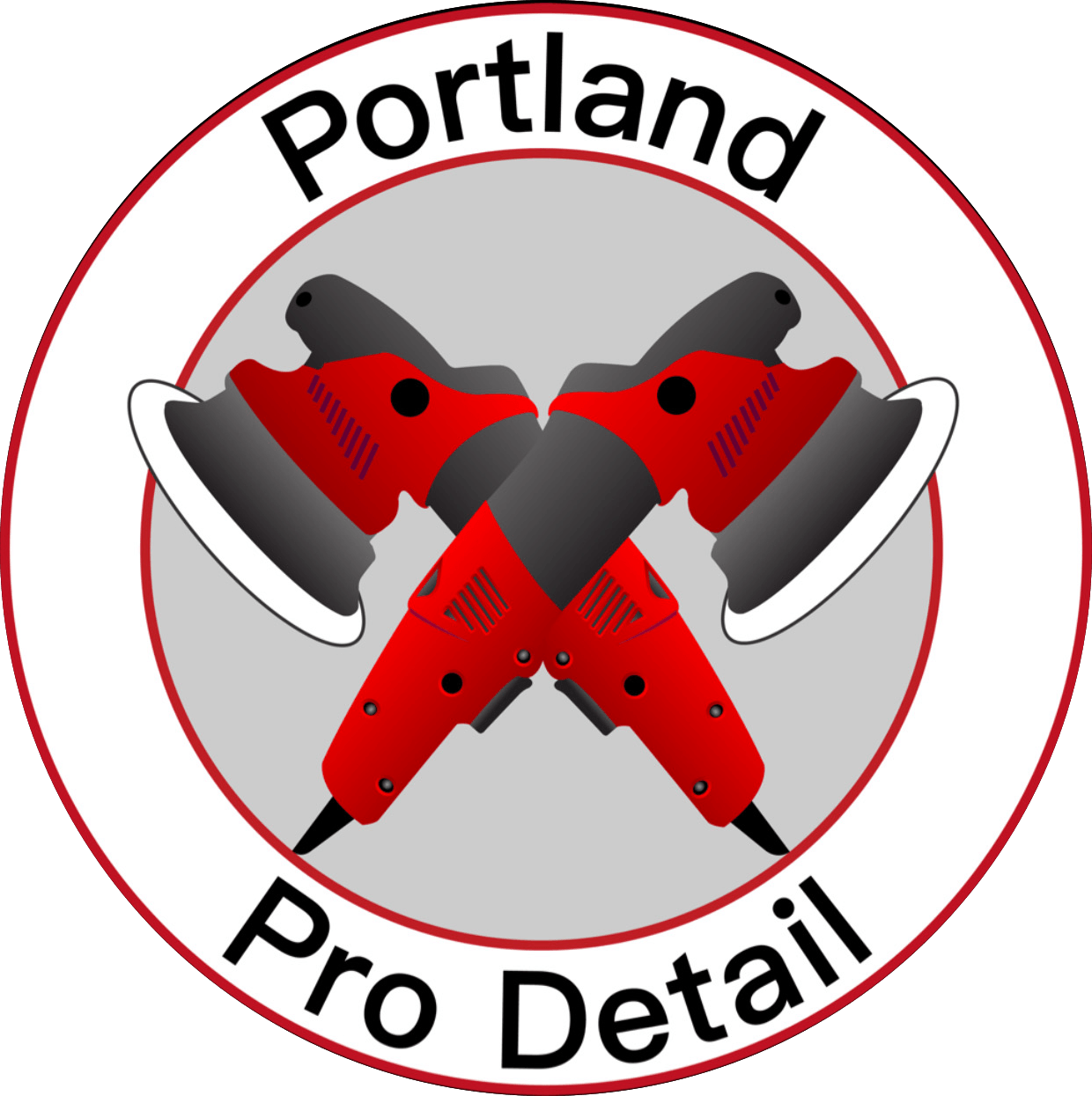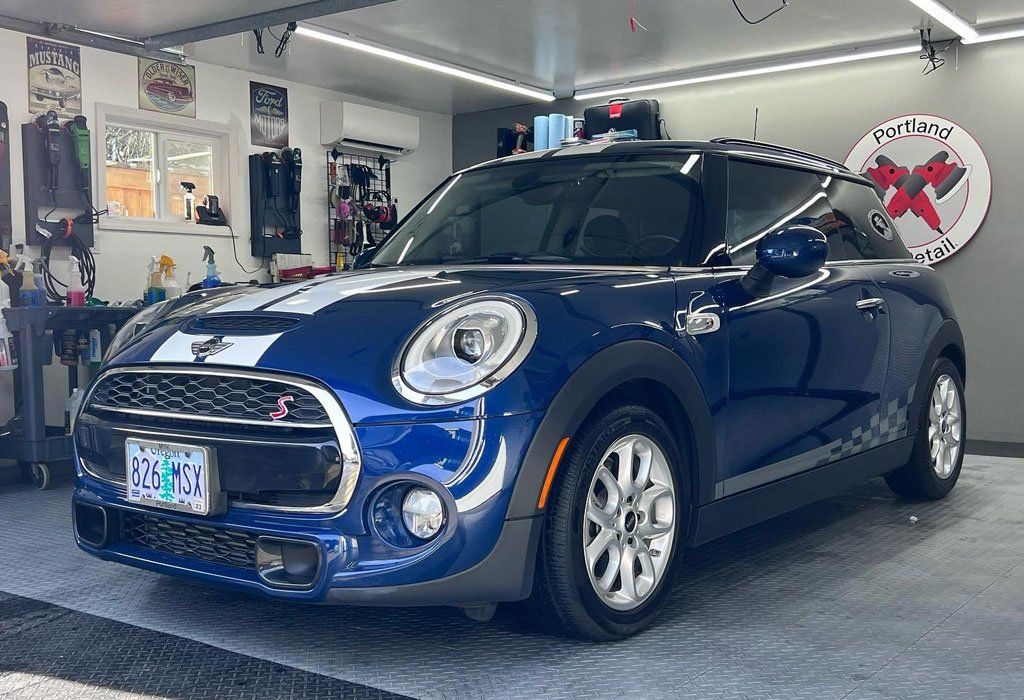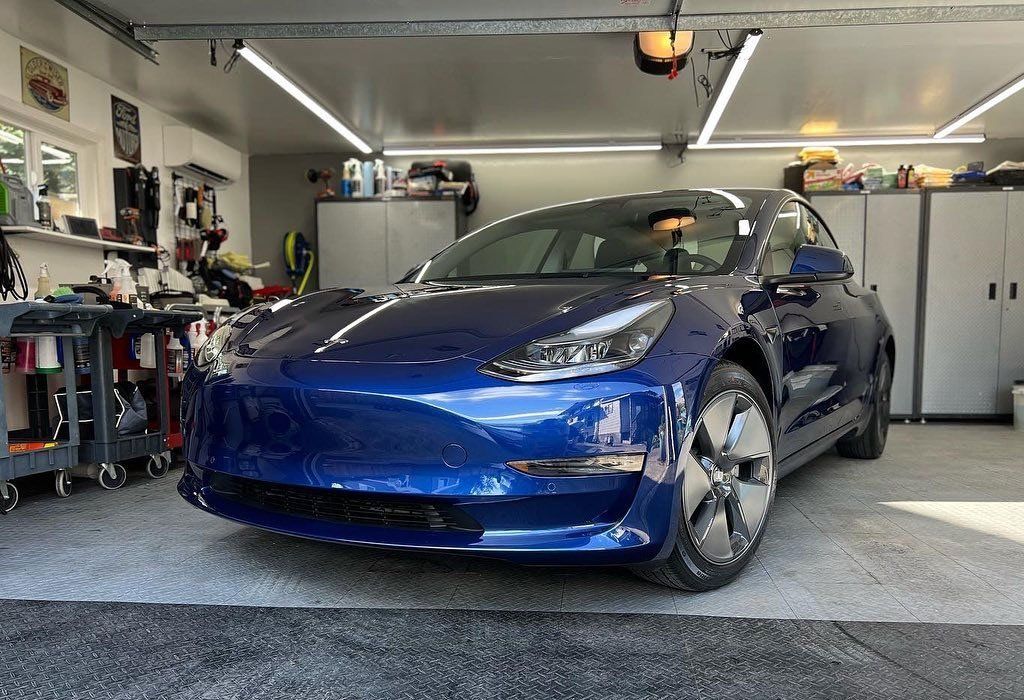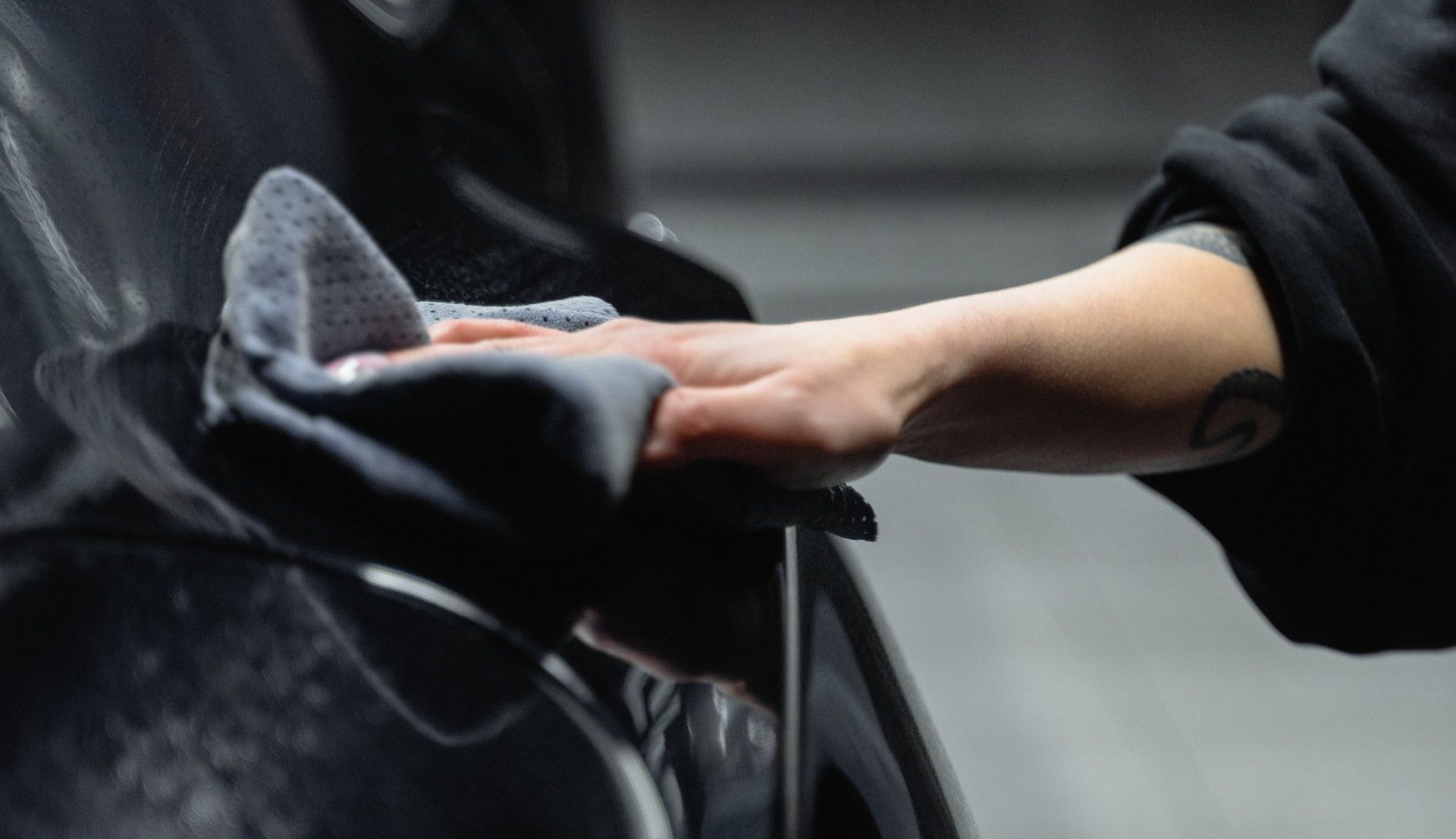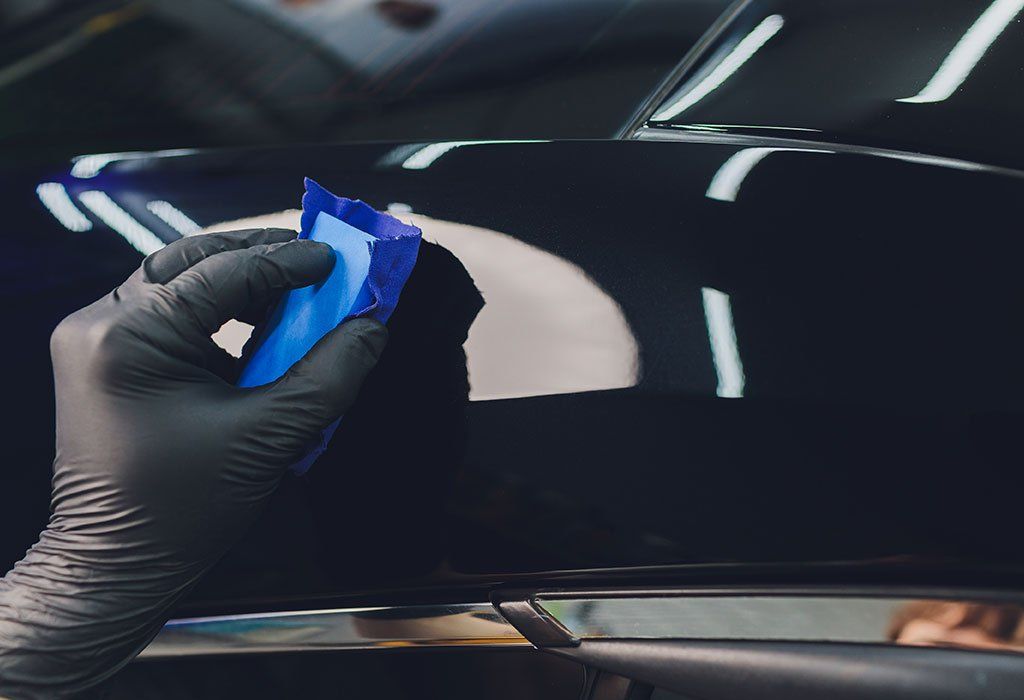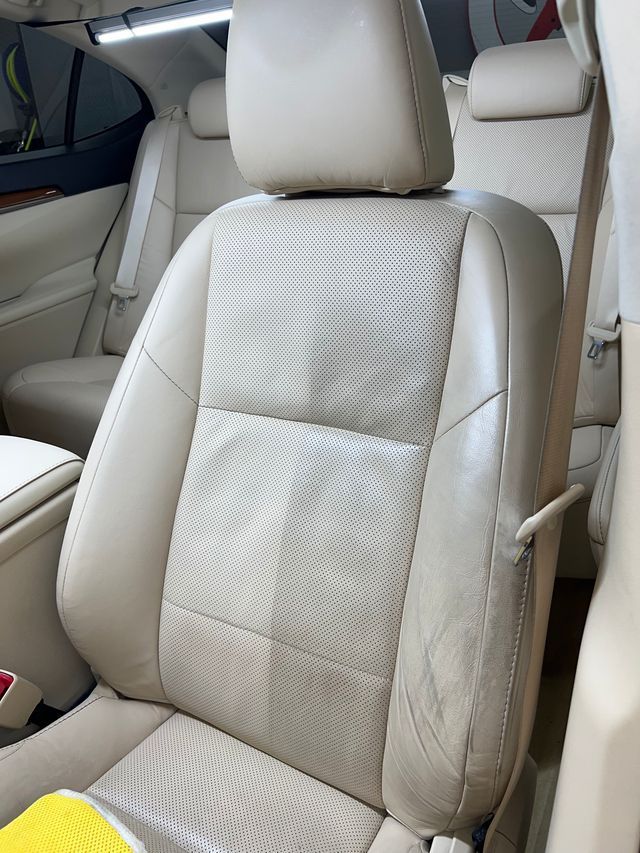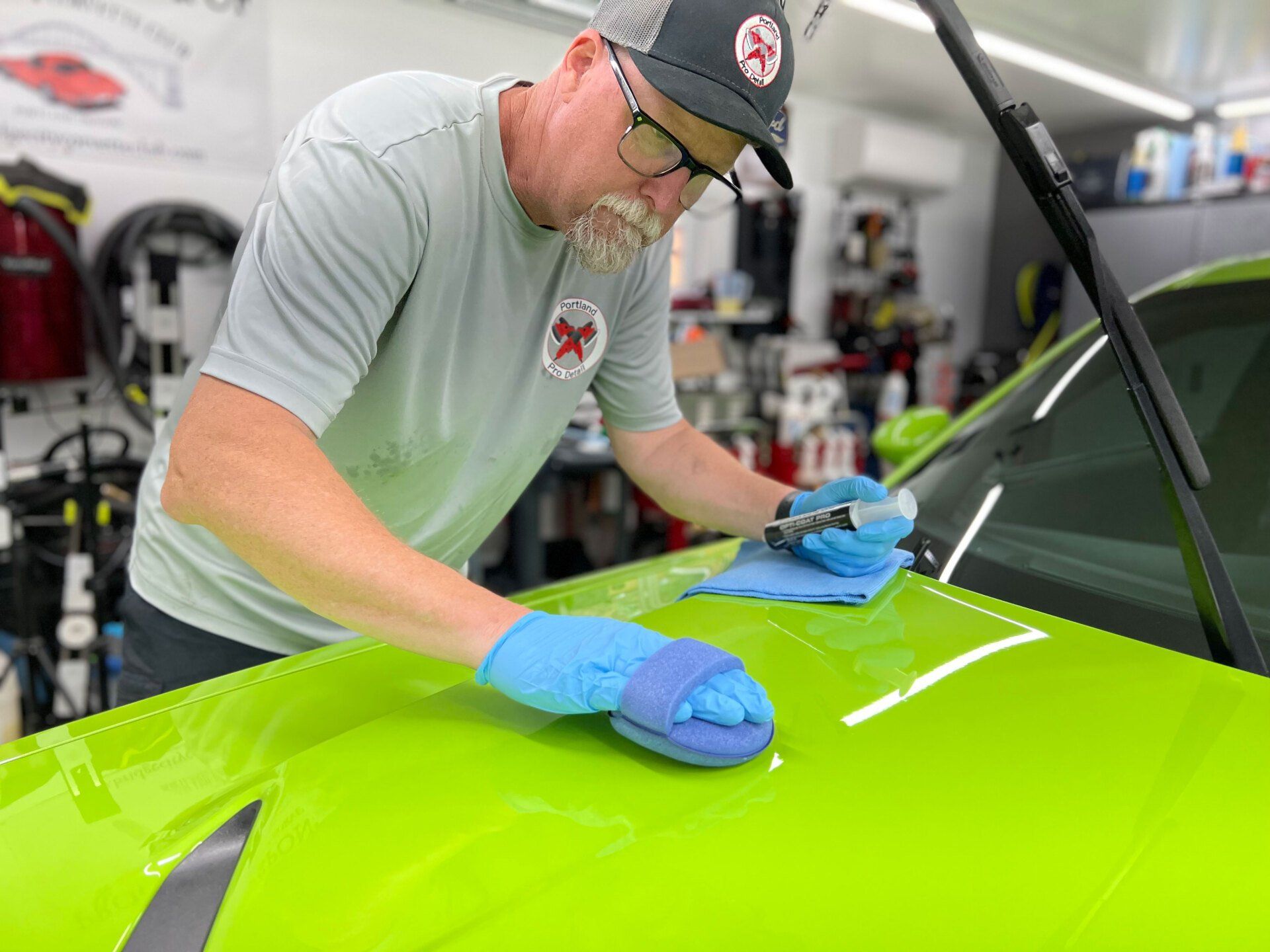How Coating Can Reduce Bug Splatters and Bird Droppings on Your Vehicle
CALL (503) 444-7415
When it comes to keeping your vehicle looking sharp, few things are more frustrating than stubborn bug splatters and bird droppings. Not only do they mar your car's appearance, but if left untreated, they can cause serious damage to the paintwork. This is where protective coatings become invaluable. By adding a specialized layer to your car's surface, you create an extra shield against these everyday nuisances. Let's explore how these coatings work and why investing in them can save you time, effort, and money in the long run.
Coating your vehicle creates a protective barrier that helps prevent bug splatters and bird droppings from etching into the paint, thereby minimizing the risk of lasting damage. This protective layer not only makes cleaning easier but also preserves the vehicle's paint finish over time, ultimately maintaining its aesthetic appeal and value.
How Coatings Reduce Bug Splatters and Bird Droppings
Coating your vehicle isn't just about aesthetics—it's about protection. These specialized coatings serve as a formidable barrier between your car's paint and harsh environmental contaminants like bird droppings and bug splatters. What enables these coatings to stand up against such aggressive adversaries? It all comes down to their unique chemical composition.
- Chemical Resistance: Most high-quality coatings comprise polymers and silica-based materials meticulously formulated to combat the acids prevalent in bird droppings. The acidic nature of these droppings can start etching into unprotected paint within just 24 hours, leading to lasting damage. However, when a protective coating is applied, this chemical resistance significantly mitigates potential harm. Studies show that untreated vehicle paint deteriorates up to 45% faster when exposed to these contaminants compared to treated surfaces. This statistic underscores why investing in a coating is essential for preserving your vehicle's value and appearance over time.
- Easier Clean-Up: Once bug debris or bird droppings dry on your car's surface, they often act like glue, sticking firmly and making removal challenging. Here's where an effective coating excels! It creates a slick, smooth surface that prevents such residues from adhering strongly. Instead of engaging in exhausting scrubbing sessions with harsh cleaners that could harm the paint, you can often simply use a gentle rinse from your hose or a light spray from a detailer. With a well-coated surface, you can wipe away stubborn stains with minimal effort, greatly reducing the wear and tear from constant cleaning.
Ultimately, these coatings offer more than convenience—they preserve the integrity of your vehicle's exterior. The hydrophobic properties of many coatings repel water and enhance resistance to various contaminants. By creating this barrier, they not only protect but also make upkeep much more manageable for car owners who want their vehicles looking pristine without intensive labor.
The Role of Hydrophobic Layers
Hydrophobic layers have become increasingly popular among car owners because they provide significant benefits for maintaining both cleanliness and paint integrity. At their core, these layers repel water, creating an innovative barrier against various contaminants.
- Water Beading Effect: The term "hydrophobic" literally means water-fearing, and these coatings harness this property by causing water to bead up on the surface of your vehicle instead of settling. During light rain, you'll see droplets forming and rolling off the surface before they can settle in crevices. This action isn't just visually appealing—these beads carry dirt particles, bird droppings, and bug splatters as they roll away, leaving behind a cleaner surface. This beading effect is crucial since bird droppings, thanks to their acidity, can begin etching into paint within hours if left unattended. The same applies to sticky bug debris, which can create lasting damage if not cleaned promptly.
- Self-Cleaning Properties: Research shows that vehicles treated with hydrophobic coatings exhibit a remarkable 60% reduction in staining and dirt adhesion over a month compared to untreated surfaces. This impressive statistic highlights how these layers significantly reduce the frequency of washes while maintaining an appealing look. This translates to longer intervals between necessary cleanings, allowing you to enjoy your vehicle's aesthetics without constant upkeep—ideal for busy individuals or anyone looking to extend their vehicle's lifespan with minimal effort. Less washing doesn't just save time; it also reduces wear and tear from frequent scrubbing and high-pressure washings.
The combined effect of water-repelling properties and lower cleaning demands creates a win-win scenario for your car's paint job, safeguarding its beauty while easing maintenance efforts.
Benefits for Car Paint Protection
Protecting your car's paint isn't merely about keeping it shiny—it's an investment in its future. When you apply a quality coating, you're providing a durable shield that enhances many aspects of your vehicle's aesthetics and structure. Coating your vehicle can extend the paint's lifespan by up to 50% compared to unprotected surfaces, resulting in significant savings by avoiding costly repaints and keeping your car looking fresh year after year.
- Prolonged Paint Life: One significant advantage of applying a protective layer is its contribution to much longer paint life. Vehicles treated with ceramic coatings or protective films show remarkable durability against environmental stressors. This means less frequent repairs and maintenance will be needed over time, reducing overall ownership costs. Regular washing becomes easier since grime has a harder time sticking to the slick surface of coated paint.
- Resistant to UV Damage: Many coatings feature UV-resistant properties, which are crucial for maintaining vibrant colors under the relentless sun. Without these protections, ultraviolet rays can break down the molecular structure of your paint over time, leading to fading and discoloration. By utilizing products with built-in UV protection, you help your vehicle withstand sun damage while retaining its rich color and gloss.
- Enhanced Aesthetics: The inherent shine from a quality coating maintains that newly waxed look for longer periods, making your vehicle appear more appealing both on the road and at car shows. Beyond visual beauty, this enhancement positively influences resale value; coated cars tend to sell for approximately 10% more than untreated counterparts due to their well-maintained appearance.
Choosing the Right Protective Film
Different protective films serve different needs, making informed choice vital for optimal protection. When weighing options, consider what features matter most to you. Are you looking for something that can withstand daily wear and tear, or do you prioritize enhancing your car's appearance?
Key Characteristics
When selecting a protective film, look for options that boast self-healing properties and UV resistance. The self-healing feature allows minor imperfections to disappear when exposed to heat, keeping your vehicle looking sharp without constant upkeep. Similarly, UV resistance prevents fading and discoloration caused by prolonged sun exposure.
Investing in reputable brands may seem more expensive upfront but can save you from costly repairs down the line. Advanced films often feature hydrophobic properties, meaning they repel water and protect against bird droppings and bug splatters while making maintenance easier since contaminants slide off instead of sticking.
Thickness Considerations
When it comes to protective films, thickness plays a significant role in determining durability and performance. Thicker films typically offer better protection against impacts but may require professional installation. If you lack experience applying films, enlisting professional help is advisable to avoid air bubbles that can undermine effectiveness and lead to improper adhesion.
Maintaining and Cleaning Coated Surfaces
Regular washing is essential to ensure your vehicle's coated surface remains protected against contaminants like bug splatters and bird droppings. Ideally, washing your car every two weeks maintains optimal protection. During these washes, use pH-neutral shampoos because they're gentle on the coating, preserving its integrity while effectively removing grime. Be cautious when selecting cleaning products. Harsh chemicals can damage the delicate coating, breaking it down over time and reducing its effectiveness. Choose products specifically formulated for coated surfaces to avoid unintentionally stripping away the protective layer. Simple habits will help maintain that fresh look:
- Use microfiber cloths designed to prevent surface damage
- After washing, dry the car immediately with a high-quality drying towel to avoid water spots and mineral deposits
- Consider applying a booster spray every six months to enhance hydrophobic properties and maintain shine
Remember that neglecting maintenance can lead to more significant issues down the line, causing contaminants to settle and etch into the surface, resulting in costly repairs or reapplications.
Various Coating Options Available
The variety of coating options on the market today allows vehicle owners to choose the right solution for their lifestyle, particularly for protecting against bug splatters and bird droppings.
- Ceramic Coatings: Often regarded as the gold standard in vehicle protection, ceramic coatings are liquid polymers that bond with your car's exterior to provide a durable layer. They offer exceptional longevity and shine, significantly reducing the chances of contaminants sticking to surfaces. While highly durable, professional application is usually necessary for optimal results, ensuring the coating lasts longer and performs better.
- Polymer Coatings: Polymer coatings are typically easier to apply and often favored by DIY enthusiasts. While they provide good protection against everyday wear and tear, you'll likely need to reapply them more frequently than ceramic coatings. Their ease of application allows for greater flexibility, though they may not offer the same long-lasting durability against harsher environmental factors.
- Nanocoatings: Nanocoatings represent cutting-edge technology with advanced properties that enable superior protection for your vehicle's finish. These innovative products boast impressive hydrophobic effects that make cleaning effortless. With nanocoatings, contaminants struggle to adhere, making it easier to maintain a clean vehicle. The tiny particles in these formulations create a barrier that reacts dynamically to different environmental conditions.
Step-by-Step Application Guide
Applying a protective coating shouldn't feel overwhelming. By approaching it systematically, you can make the process smooth and effective.
- Surface Preparation: The first step is crucial—preparing the surface. Taking time to clean the car thoroughly is essential because any dirt or contaminants left behind will interfere with the coating's bond. Use pH-neutral car wash soap to avoid damaging the paint. After washing, use a clay bar to remove any stubborn spots that may have bonded to the paint surface.
- Application Process: Once you've washed and dried your vehicle, applying the coating requires attention to detail. Use an applicator pad in a crosshatch pattern to ensure even coverage. This method helps achieve uniform application and prevents streaks. Work in small sections—about two feet by two feet—to ensure you're not leaving gaps or thin spots. Remember that less is often more; using too much product can lead to unsightly runs and an uneven finish.
- Curing Time: After applying the coating across your vehicle, let it cure properly. Following the manufacturer's instructions for curing time—usually between 24 and 48 hours—is vital for achieving the best possible adhesion and longevity. During this period, avoid exposing your vehicle to moisture or washing it, as this could undermine the curing process and reduce effectiveness.
By diligently following proper preparation, precise application, and allowing adequate curing time, you'll set your car up with a robust defense against unwelcome bug splatters and bird droppings that threaten its exterior beauty. Investing time in this process can significantly enhance your vehicle's appearance and protect its finish for years to come, making it a worthwhile investment for any car owner who values both aesthetics and long-term vehicle protection.
Expert Ceramic Coating Services in Portland, OR
Give your vehicle the long-lasting shine and protection it deserves with Portland Pro Detail’s
expert ceramic coating services
in Portland, OR. Our top-tier coatings create a sleek, hydrophobic barrier that repels dirt, water, and environmental contaminants—making your car easier to clean and maintain. Whether you're driving through the city or heading out on a weekend adventure, your paint stays glossy and guarded against the elements. Trust our skilled team to apply the highest quality ceramic coating for unmatched durability and finish.
Schedule your service today and enjoy a showroom-worthy vehicle every day!
